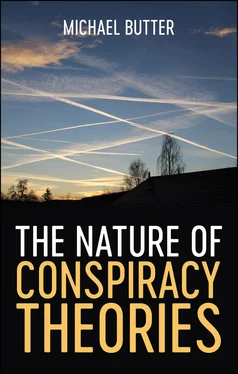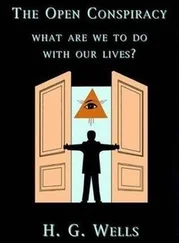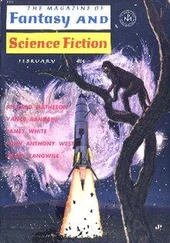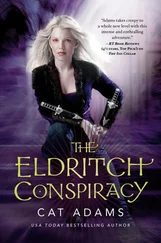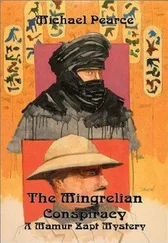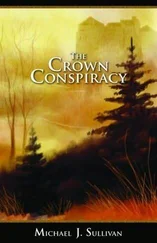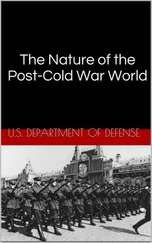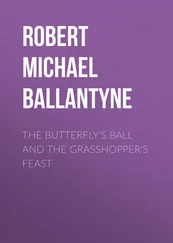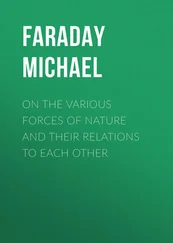Introduction, or: What’s the plan?
On 8 February 1920, the Illustrated Sunday Herald published a short speech by Winston Churchill with the title ‘Zionism versus Bolshevism: A Struggle for the Soul of the Jewish People’. In this speech, delivered to Churchill’s old regiment at Aldershot a few days earlier, the future British prime minister reflects on the role of the Jews in the Russian communist revolution of 1917, and the ongoing civil war it has sparked. Drawing on a plethora of anti-Semitic stereotypes, Churchill distinguishes between three types of Jews, ‘two of which’, he suggests, ‘are helpful and hopeful in a very high degree to humanity, and the third absolutely destructive’. The two groups of Jews that Churchill views positively – ‘“National” Jews’ and Zionists – have in common that they subscribe to the spirit of nationalism so prevalent in Europe at the time, and not only among conservatives. The ones he eyes suspiciously are the ‘International Jews’ who he aligns with the menace of communism. 1
Churchill expresses respect for those Jews who, ‘dwelling in every country throughout the world, identify themselves with that country, enter into its national life, and, while adhering faithfully to their own religion, regard themselves as citizens in the fullest sense of the State which has received them’. Still, as the final words of this sentence – resonating with the idea of the Jews as homeless and wandering – make clear, Churchill cannot quite shed the idea that the Jews do not properly belong to the national body politic. In his view, they are guests in the nations that have offered them a place to live and should behave accordingly. He also has only praise for the attempts to create ‘by the banks of the Jordan a Jewish State under the protection of the British Crown’, a project he presents as both significantly driven by British Jews and ‘in harmony with the truest interests of the British Empire’.
By contrast, he views the alleged activities of the third group – the ‘International Jews’ – as highly problematic and a threat to the stability of the global order in general and to Britain and its political system in particular. ‘Most, if not all’ of these Jews, he writes, ‘have forsaken the faith of their forefathers, and divorced from their minds all spiritual hopes of the next world’. In their minds, religion has been replaced with ideology. Having turned communist, they now want to abolish not only religion but also the nation state. Their goal, according to Churchill, is to establish ‘a world-wide communistic State’.
Somewhat surprisingly at first sight, Churchill claims that this idea is much older than communism itself, and it is here that his text becomes truly relevant for a book on conspiracy theories:
This movement among the Jews is not new. From the days of Spartacus-Weishaupt to those of Karl Marx, and down to Trotsky (Russia), Bela Kun (Hungary), Rosa Luxembourg [ sic ] (Germany), and Emma Goldman (United States), this world-wide conspiracy for the overthrow of civilisation and for the reconstitution of society on the basis of arrested development, of envious malevolence, and impossible equality, has been steadily growing. It played, as a modern writer, Mrs. Webster, has so ably shown, a definitely recognisable part in the tragedy of the French Revolution. It has been the mainspring of every subversive movement during the Nineteenth Century; and now at last this band of extraordinary personalities from the underworld of the great cities of Europe and America have gripped the Russian people by the hair of their heads and have become practically the undisputed masters of that enormous empire.
According to Churchill, then, the rise of communism in Russia is the latest chapter in a ‘world-wide conspiracy’, led by ‘extraordinary personalities’, that has been going on since the eighteenth century.
It is therefore hardly surprising that scholars have not only labelled Churchill’s speech anti-Semitic but also classified it as a conspiracy theory. 2Conspiracy theories have become a focus of public attention over the last two decades, and it is no longer just academics who are quick to discover them in the past and the present. Long ignored by the public, conspiracy theories have now been omnipresent for some time. The suspicions regarding Jews, Freemasons and the Illuminati perpetuated in Churchill’s speech remain all-pervasive. And they have been compounded ever since by a host of new allegations expanding on the older conspiracy theories, or in many cases even merging with them: that the USA carried out the 9/11 attacks itself; that we are being secretly controlled by a New World Order that keeps us docile via chemtrails; that the Ukrainian crisis was orchestrated by NATO; that Barack Obama was not born in the USA or that – along with Angela Merkel and George W. Bush – he belongs to an elite of extra-terrestrial reptilians that feeds upon our negative energy. Not to mention that the moon landing never happened, and that John F. Kennedy was murdered by the CIA.
Most recently, the COVID-19 pandemic has led to the emergence of a plethora of highly publicized conspiracist allegations. Some versions claim that the virus is either a Chinese or an American biological weapon which was, depending on the individual story, intentionally or accidentally released. Other versions hold that the virus does not exist or is completely harmless, and that dark forces – the ‘deep state’, Bill Gates, the World Health Organization, the New World Order or others – are using the hysteria to hurt Donald Trump, reduce the world population, or achieve other malicious goals. For the most part, these coronavirus conspiracy theories are adaptations of much older conspiracy narratives. Quite frequently, the current crisis is imagined to be merely the latest chapter in an ongoing plot and is thus simply grafted onto long-existing narrative templates. At any rate, the popularity of these conspiracy theories shows that revelations concerning alleged plots by countries, intelligence services, international institutions or groups of powerful individuals are no longer confined to subcultures, but are now reaching a wider public. 3
Accordingly, many observers have concluded that conspiracy theories are more socially acceptable today than ever before, and that there has been a surge in the number of people believing in them. This has in turn alarmed those who remain sceptical – still the greater part of the population and the overwhelming majority of the media. Hence, the term ‘conspiracy theory’ has become a permanent fixture of everyday social discourse: barely a week goes by without it appearing in the evening news or the daily papers. Why a particular idea should be called a ‘conspiracy theory’ is never explained, however: apparently, this is something we all understand intuitively. ‘I know it when I see it’, an American judge once said about pornography, and the same applies to most of us when it comes to conspiracy theories. The present example is relatively clear-cut, and unless you subscribe to the myth of an international Jewish conspiracy and therefore believe Churchill to be simply stating a fact, you would probably describe his remarks as a conspiracy theory.
But what is it exactly about Churchill’s speech that earns it this label? What distinguishes his form of conspiracy theorizing from that of Nesta Webster, the source he draws on? And how does the open articulation of an anti-Semitic conspiracy theory by perhaps the most important British politician of the twentieth century relate to the claim that conspiracy theories have recently been growing in popularity and influence? What role does the internet play in the spread of conspiracy theories, and how does it influence our belief in them? How long have conspiracy theories in general been around? What is the connection between conspiracy theories and populism? Who actually believes in them and why? Are they dangerous? And if so, what can we do about them?
Читать дальше
